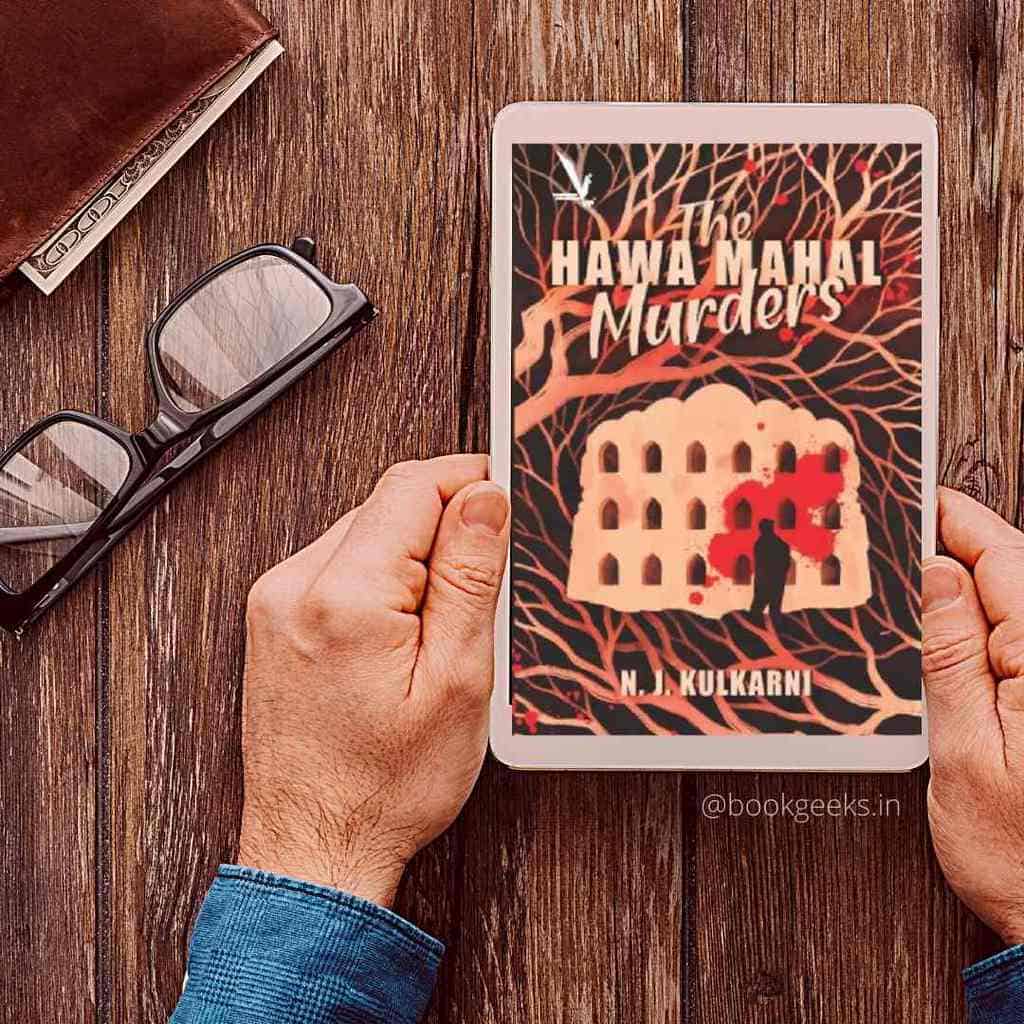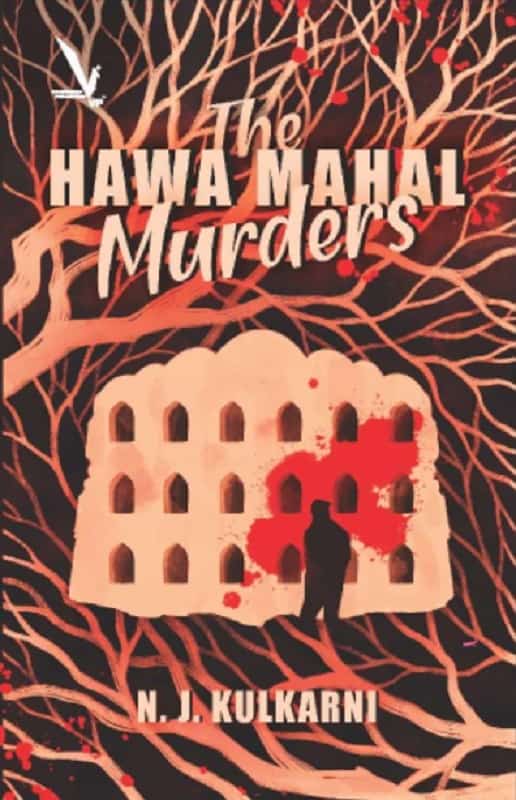PLOT: 5/5 CHARACTERS: 5/5 CLIMAX: 5/5 WRITING STYLE: 4.5/5 ENTERTAINMENT QUOTIENT: 5/5
“Bad deeds do not go unpunished. Forbidden love comes at a price. ”
If the excellent cover of the book and an engaging plot are not enough reasons to take this first book, then Hawa Mahal Murders is also proud of the engaging style of writing that takes the pace as the story progresses. The title of the book is indicative of an argument about gender and multiple mysterious murders.
Set in an elite suburb of Mumbai, the book is a mysterious thriller that captures the lives of society, business people, landowners and celebrities. There is a lot of loss in the novel, which exacerbates the book’s harsh atmosphere.
Hawa Mahal is the name of an old building in Mumbai, not only the name of the real Hawa Mahal in Jaipur, it is an imitation of it, albeit vague and unfortunate. The architecture of the structure bears a striking resemblance to the original Hawa Mahal, which is also engraved on the cover of the book, while the silhouette of a man dressed in black is visible. Blood is splashed across the building, which suggests the direction of the murder, while the back cover takes on that aspect of the front cover and works so that the windows of the Hawa Mahal are reflected in a pool of blood while the killers. it surrounds itself in the darkness of the night.
All of this sets the mood, the scary atmosphere, and the entertaining side of the plot. The plot is rich in suspense, full of twisted twists that reflect the mischievous mentality of some people who leave society uneasy in general. They destroy the peaceful existence of the community. Here, the community cites all the people of Mumbai as a series of seemingly endless murders. Although this directly affects the elite, it also involves the police and politicians, and thus instills fear in the hearts of the common people.
The book is said to have been built by the wealthy jeweler Hawa Mahal as a tribute to his lover. It is not an enchanted or cursed building, but there is no evidence that it reveals the darkness of the place and why it remains desolate. The serial killer hides while he is aiming to kill a target. The blackmailer takes advantage of the events. These are the most intriguing characters, as they are in a kind of paradoxical situation where, although they are part of the main plot, they are left behind to emerge when they are part of a scene.
Characterization is a very important aspect of this novel. The inner workings of the characters’ minds are revealed from time to time. Although not as dense as a novel of consciousness, mentalities help to draw characters, draw their possible movements, and think about future decisions. This not only expands the plot, helps make things more dramatic, but also helps the reader build, invent, and understand the nuances of the plot.
It’s the perfect eye for detail. Be it the plot, the cover of the book, the characterization, or the style of writing, every inch of the novel is detailed in detail, showing the attention needed to build it.
At its core, the plot revolves around a housewife Smita who feels trapped in her unhappy marriage to her husband Karan, who has a mysterious past that Smith discovers and feels excited about. Another important character is Jai, an honest policeman who, despite being a little desperate to prove his skill, feels entangled in the networks of cruel old people and the corruption of the system. The plot picks up pace when a series of murders take place in an elegant area of Mumbai. Although Jai sees himself as an opportunity to prove himself, he cannot believe how his colleagues are shaping an innocent man for murder while trying to hide the prime suspect, the son of the prime minister.
When crime, politics, and ordinary people come together, the reading is both enjoyable and moving but relevant, especially for the city’s residents. The book has a few Hindi terms here and there, but none that might be difficult for the average reader to understand.
At 286 pages, The Hawa Mahal Murders is relatively long, though the fast rhythms and short divisions of the chapters make up for its length. The pace tends to slow down a bit towards the end but it’s negligible, given the suspenseful noise that lingers until the last part of the novel, which ends on a positive note. There’s karma that finally has a way of working, but in the end it works, and things end for the better.
Can’t wait to read it? Buy a copy of The Hawa Mahal Murders using the link below.

